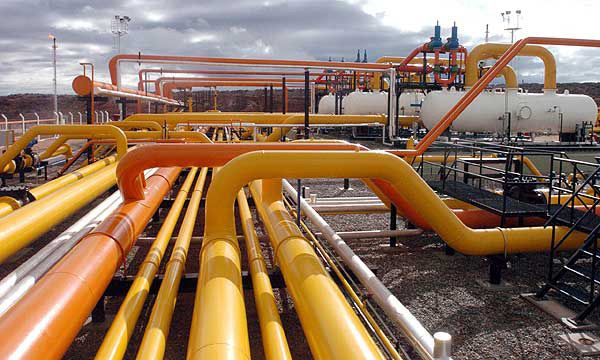Your AD plant can increase its revenue by over £100,000 per year, by simply identifying…
Can biomethane help reduce the UK’s GHG emissions and contribute to the UK’s gas supply?
Image source
In the UK, we need to seek viable, alternative methods to accommodate our ever-increasing energy demand. In Hammond and O’Gradys paper, they explore the use of gas in three different scenarios to meet energy demand and reduce carbon emissions to 2050.
Since 2004 the UK has been a net importer, relying increasingly on international gas markets. Hammond and O’Grady recognise that the UK needs to get gas from more diverse sites, such as shale and biomethane. Historically, the focus has been on reporting domestic GHG emissions. Non-domestic GHG emissions have not been reported as they have been deemed inconsequential; however, as the landscape is changing and as the supply of gas is transforming, their contribution will become more significant. This shift of focus onto decarbonising the electricity supply industry will help the government’s strategy for climate change.
Hammond and O’Grady’s method for analysing different scenarios included a dynamic life-cycle assessment. The assessment looks at the environmental implications of the gas supply fuel evolution until 2050. For the analysis, it is assumed that the availability of domestic natural gas has declined. This causes a shift and a requirement for new sources of gas to be found to meet demand. The scenarios are a result of Norwegian and Dutch production of gas falling, which leaves the UK more reliant on imports of LNG and pipe gas from mainland Europe. Gas markets have been susceptible to black swan events; events which are high impact but low probability, making them unpredictable. The biomethane gas used in the scenarios assumes that biomethane injection is used and is carbon neutral[1].
| Supply 1 | Supply 2 | Supply 3 |
|---|---|---|
| Shale Gas Boom | High Biomethane & LNG | High Russian Dependency |
|
|
|
Results
The results in the report use three core pathways and governance models[1] to influence different scenarios; market rules (a market led pathway), central co-ordination (a government led pathway) and thousand flowers (a civil society led pathway).
The market rules pathway tends to be dominated by market arrangements, such as a high carbon price. The space tends to be dominated by large companies. It tends to be linked with high voltage generation by 2050.
The central coordination pathway tends to include central government and strategic energy agency commissions, usually low carbon generation from big companies, via large scale centralised technologies.
The thousand flowers pathway tends to be more local and has a bottom-up approach leading to closer engagement with end users. It tends to have local leadership in decentralised options.
The results found that supply 3, which is the predominantly Russian supply, shows the most uncertainty. Biomethane has a positive impact in all supply scenarios (1, 2 and 3) by reducing greenhouse gas emissions.
Conclusion
The report discusses the policy implications of the UK transforming its gas supply market. There were several conclusions stated in the paper:
- The UK Electrical Supply Industry (ESI) GHG performance becoming more dependent on gas supplies from far away regions, would lead to greater uncertainty around emission levels.
- Central estimates suggest that total life cycle emissions of the UK ESI will increase, except where the penetration of biomethane is sufficient to offset rising upstream emissions.
- Better monitoring and mitigation of upstream emissions is needed to ensure that significant rises in GHG emissions are avoided. Failure to account for these emissions could make the electricity produced less impactful and induce greater usage.
- A significant proportion of upstream GHG emissions were the result of fugitive methane emissions during production, transportation and distribution.
The conclusions raise some interesting technology and engineering questions around monitoring and how best to integrate AD technologies into the ESI to achieve greater greenhouse gas emissions savings.
To read the report in more detail, download it here.
[1] https://orca.cf.ac.uk/40925/1/A_Short_Guide_to_UK_Transition_Pathways.pdf [1] Assumes that the footprint of combustion is equal to cultivation of feedstock over the bioenergy lifecycle. Cultivation must be done sustainably.

